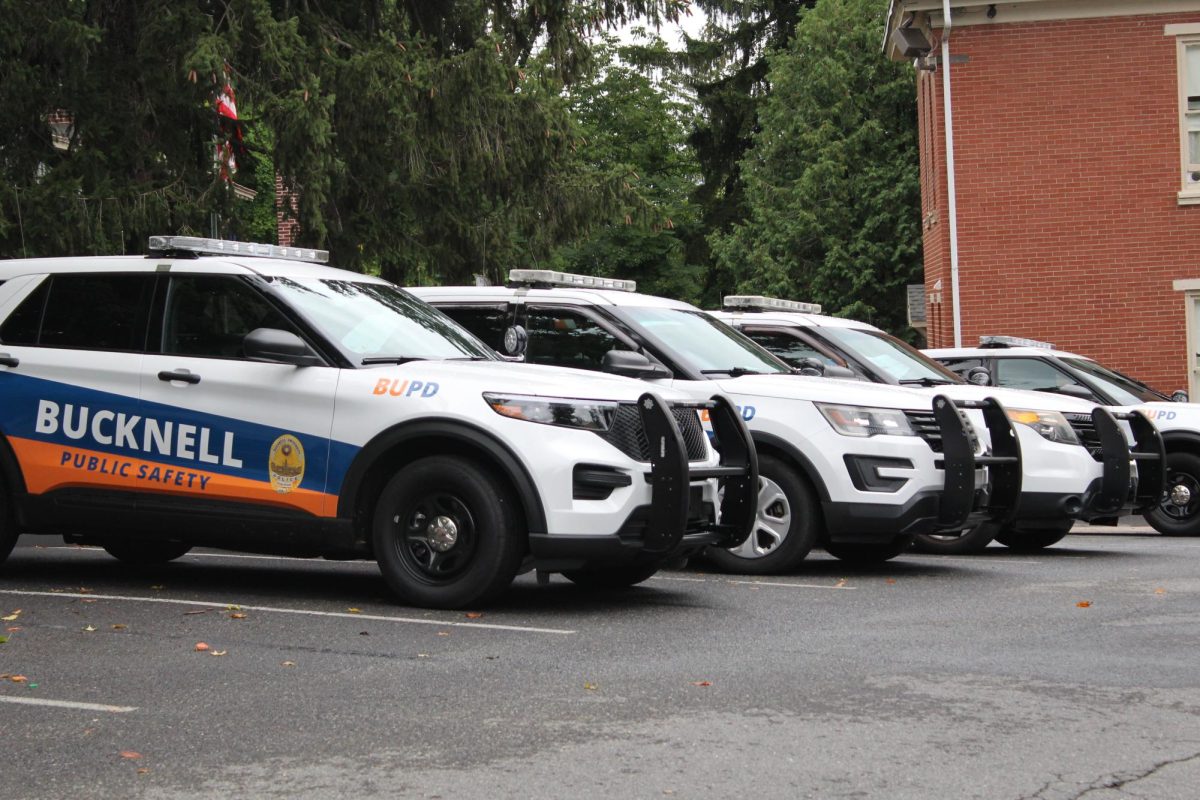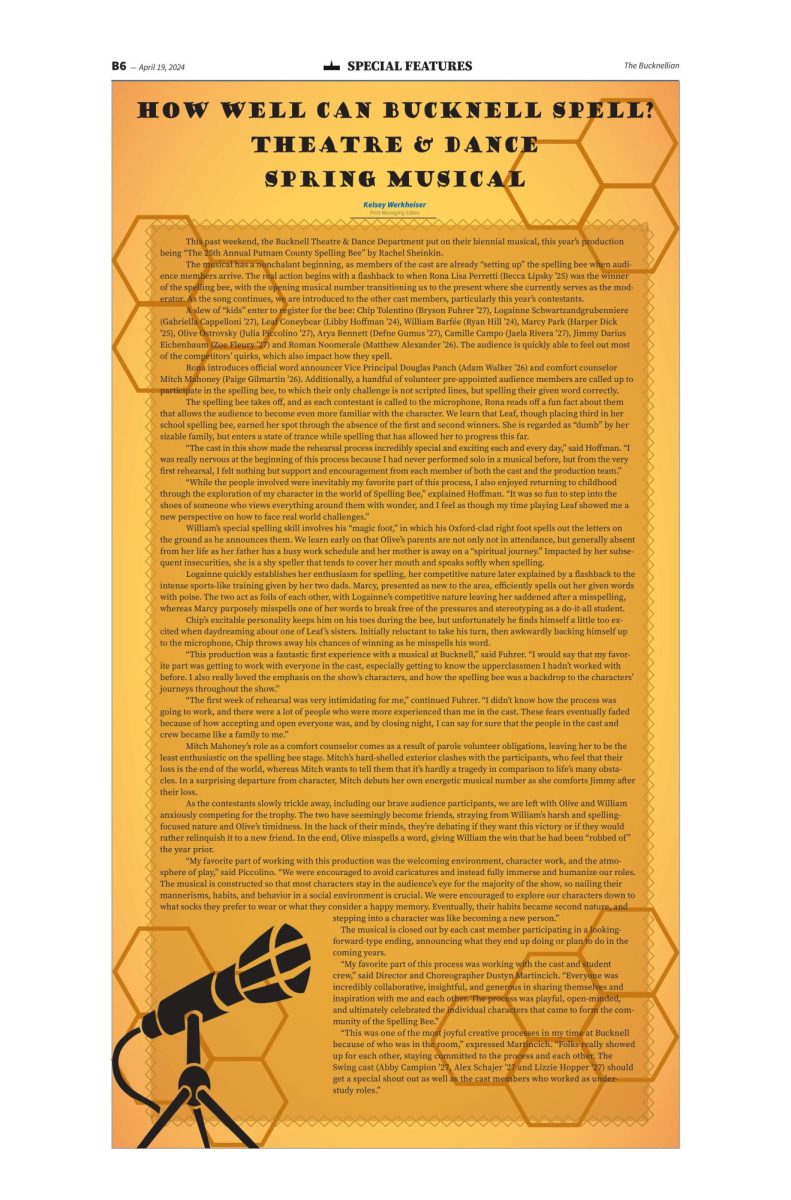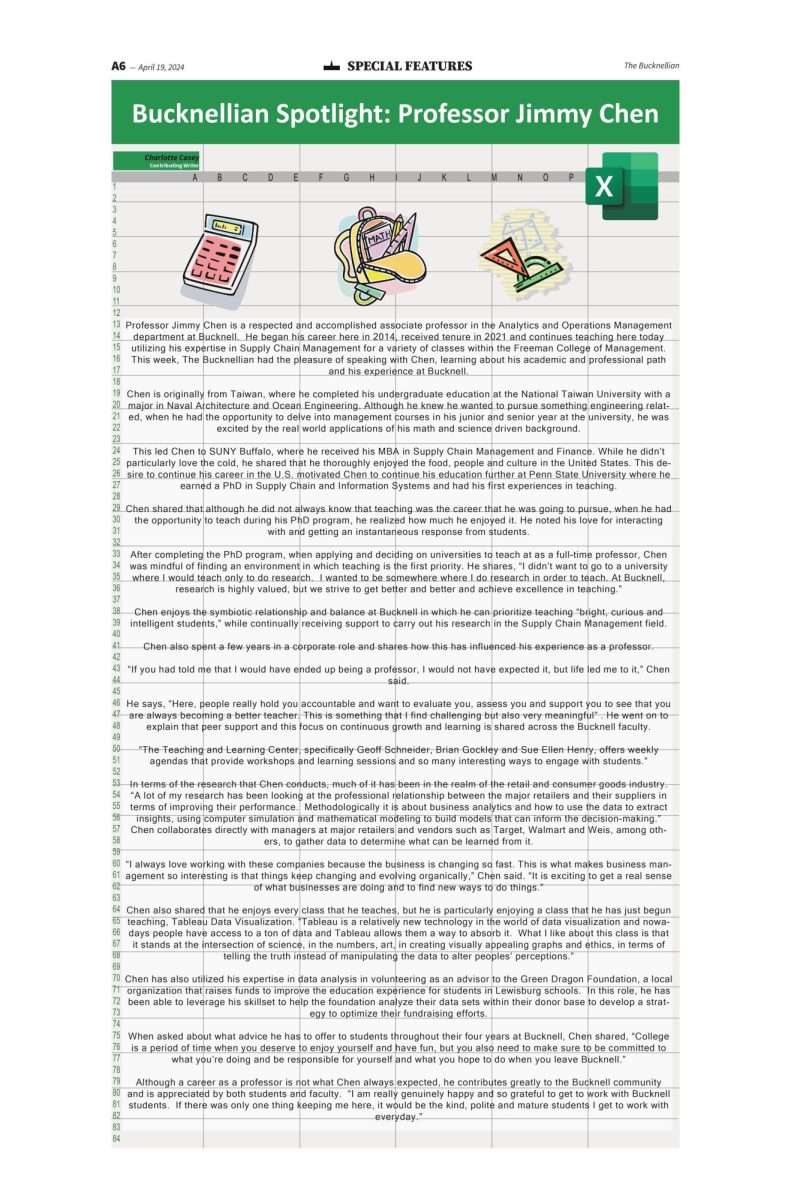Editorial: Contextualizing the Tuition Hike
February 26, 2015
The University announced an increase in the annual tuition from the 2014-2015 figures of $60,140 to $62,368 for the 2015-2016 year. This statement was made on Feb. 19 by means of a letter to parents from David Surgala, the Vice President for Finance and Administration. With the hike in tuition prices came the standard annoyance associated with having to pay more for anything, particularly when it comes in the form of a couple-thousand dollar increase.
Granted, undertaking the burden of paying for an increased tuition is hard to conjure into anything remotely positive. Particularly with the current state of the economy, many families, whether wealthy or struggling to get by, feel the large impact of paying tuition for their children to attend higher education, especially at a private institution known to be on the pricier side.
However, in addition to increasing costs in order to fuel continued growth, the University is also merely following the national trend in increased tuition prices. The College Board recently published a table that reflected the “Average Annual Percentage Increases in Inflation-Adjusted Published Prices by Decade, 1984-85 to 2014-15.” When looking at the average increase in tuition, fees, and room and board in private, nonprofit, four-year institutions, The College Board found that, although there was a decrease in increased tuition prices per decade, as it plummeted from 3.2 percent to 2.7 percent and finally to 2.1 percent, there has been a national trend of increased tuition rates since 1984. The University has merely followed this trend.
In addition, the tuition increase did come hand-in-hand with an increase in the University’s financial aid, 3.7 percent and 4.5 percent respectively. Although the University has a reputation for maintaining a rather homogenous student body, this increased availability of financial aid allows the University to continue to accept a wealth of individuals regardless of socioeconomic background. However, the 3.7 percent increase evident in the University’s tuition in the past year is significantly higher than not only the current national average, but also the seemingly much higher than the supposedly steep average prevalent in the 1984-85 to 1994-95 decade of 3.2 percent, as reported by the College Board.
Students and parents seemingly cannot do much to halt increasing tuition rates, and maybe they don’t really want to at all. These increases surely will benefit the University immensely in its growth as an institution. But the major component often left out of the debate is a call for increased transparency. The University has a reason for increasing their tuition, and those paying these increased values should have the right to know exactly how these new figures were conjured and where the extra $2,228 per student comes into play.
In his letter, Surgala explained that the increase in funds would go towards further supporting the “excellent facilities and employing highly qualified faculty and staff … academic programs … residential life, and financial aid.” When approached for additional information, University officials are often more than willing to give more details on what thew new funds will go towards. More immediate detailed descriptions of where the funds will be allocated in order to achieve particular goals, however, might make others more comfortable with accepting the increases from the get-go.


























